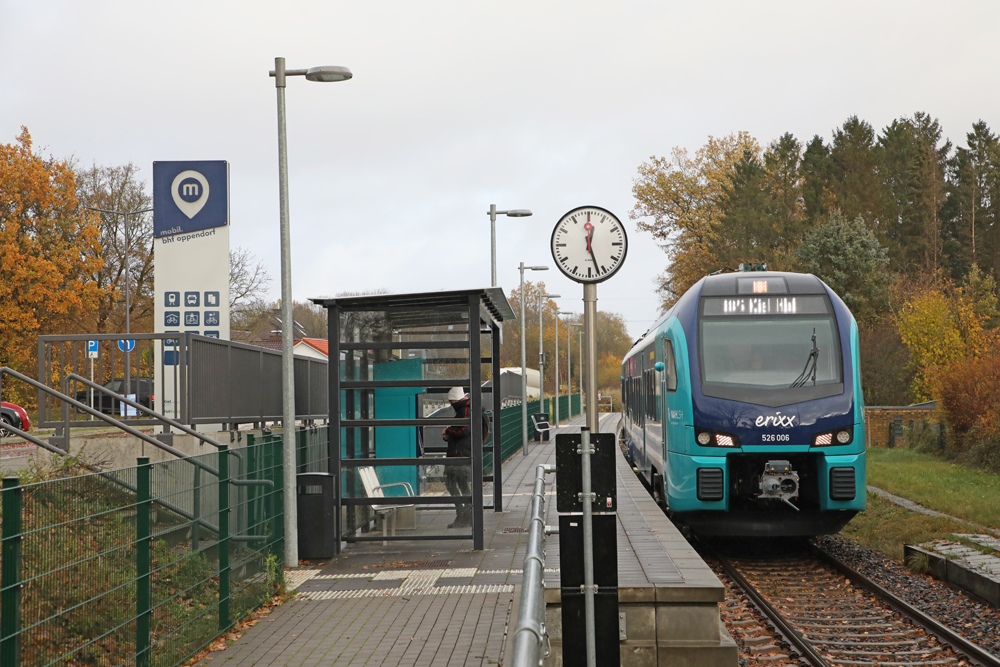
KIEL, Germany — The first of what will be multiple fleets of new battery-electric multiple-unit, or BEMU, trainsets have entered passenger service in northern Germany.
The Stadler-built, two-car FLIRT trains debuted two weeks ago. They are designed to replace diesel multiple units and operate as regular electric trains when running on electrified lines. Each of the new trains has 123 seats, similar to the diesel equipment they replace; the batteries are carried in roof-mounted sections so they don’t reduce passenger capacity.
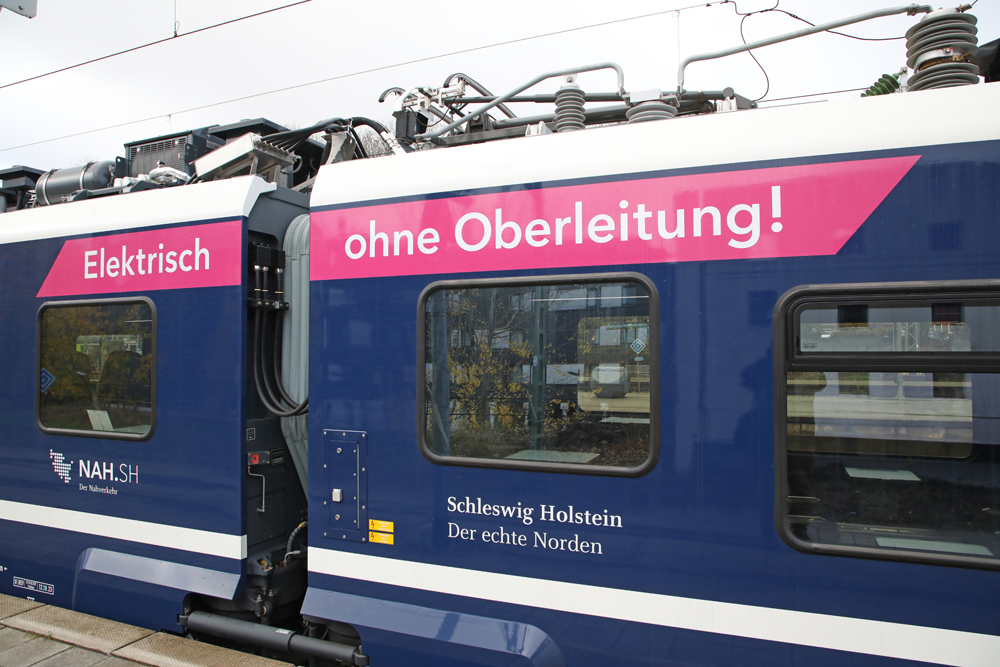
The first trains have been introduced operating from the north German port city of Kiel. The first route where they are used is a short, completely non-electrified commuter rail route, but operation on longer regional routes has already begun to neighboring cities. The state government of Germany’s northernmost state, Schleswig Holstein, has bought 55 of the two-car BEMUs, which it will lease to its contract rail operators for use across the state, where most regional rail lines are not electrified.
Originally, when drawing up plans to replace diesel trains in 2015, the government had planned to buy hydrogen-powered trains, but the BEMU option was much more economical. When all the trains are in service by the end of 2024, the fleet is expected to lead to a reduction in diesel fuel consumption of around 2 million gallons a year.
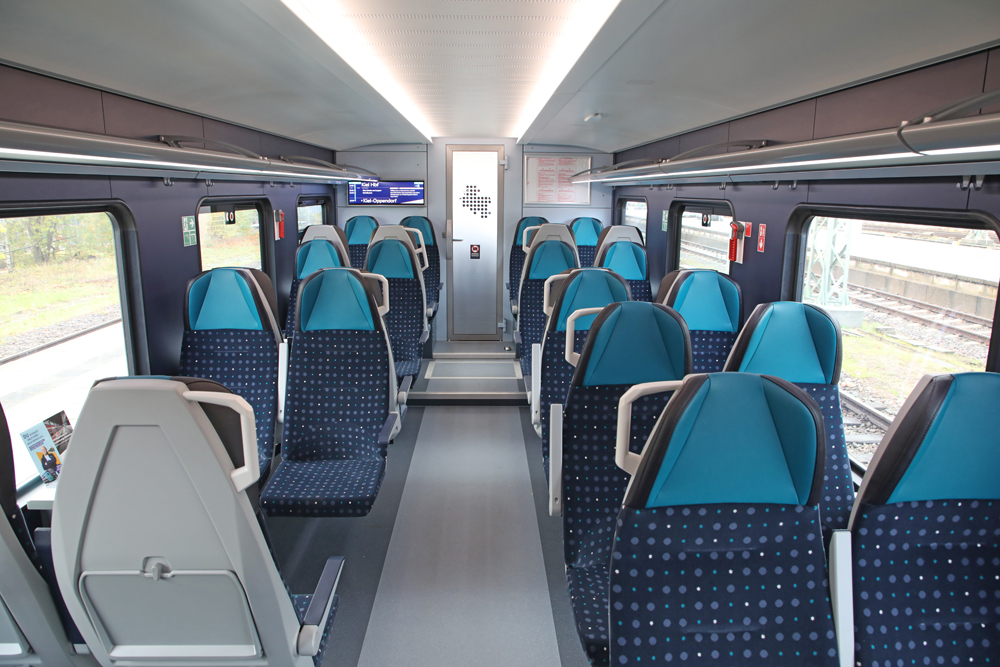
Riding the train on the short trip from Kiel it was noticeable how quiet the ride was, with no noise from diesel engines, and how rapid the acceleration was — the train managed to beat the timetable, designed for the previous diesel trains. The train didn’t need to recharge its batteries after short trips, as each charge lasts around 100 miles, although in tests the Stadler BEMU has run for 140 miles on a single charge.
The trains are designed to recharge when in a station that is already electrified with overhead wires, or while running as a regular EMU when energy is recovered and stored in the batteries when braking. In some cases, non -electrified junction stations, and those at the end of otherwise non-electrified branch lines have been equipped with a 100- to 200-yard-long section of overhead wires at the standard German railway voltage (15kV AC) enabling the BEMU to recharge between trips. This approach is becoming widespread in Germany and is planned to enable BEMU operations in Britain, too.
Multiple BEMU fleets are being introduced in Germany in the next two years. Stadler has orders for more; Siemens-made Mireo BEMUs will enter service on regional routes in the Black Forest in December, and Alstom-made BEMUs are scheduled to run services from Leipzig in Saxony in early 2024. Spanish train builder CAF is also building a big fleet of BEMUs for operation in the Ruhr region in northwest Germany beginning in 2025-26. Similar trains are on order for use in several other European countries as well.
Stadler has also announced plans to build similar BEMUs in the USA, with a prototype planned in conjunction with Utah State University that will be based on the type now in use in Germany [see “Stadler, Utah research facility to bring battery-powered passenger train …,” Trains News Wire, Feb. 15, 2023]. The company also has agreed with Bay Area commuter rail operator Caltrain on plans for a bilevel BEMU prototype [see “Caltrain orders battery-electric trainset …,” News Wire, Aug. 18, 2023].
New approach to batteries
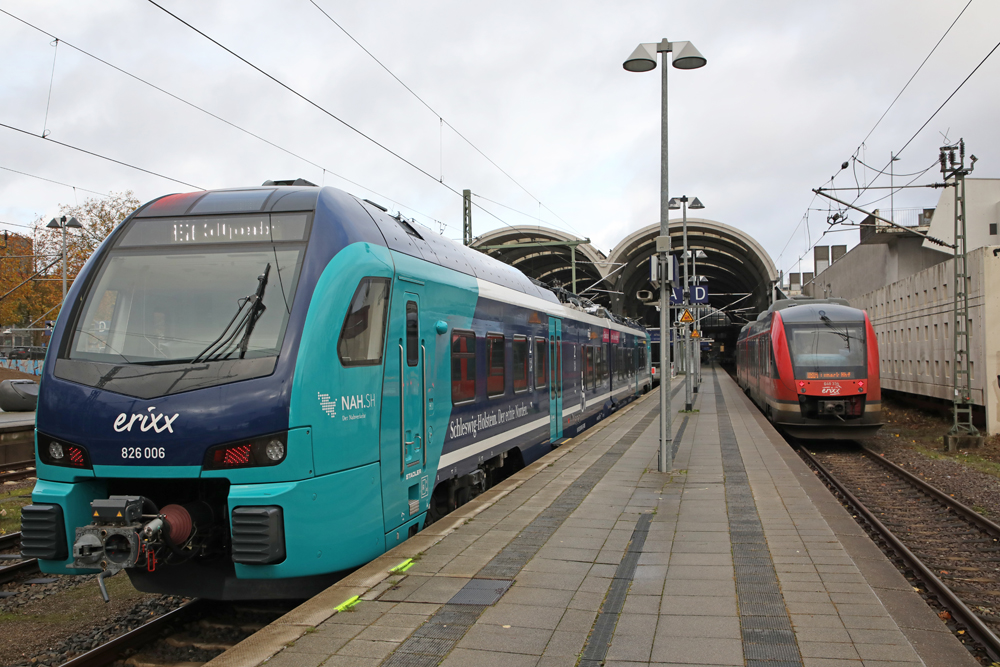
Battery trains are not new — battery-powered switching locomotives were built in the 19th century in several countries but they relied on heavy lead-acid batteries that had long recharge times. In the 1920s and 1950s, battery-powered multiple units using lead-acid batteries were built in countries including West Germany and Britain; the German fleet lasted until around 1990, operating on lightly used regional routes.
Trains using the new lithium-ion battery technology are much more recent, but are likely to become very common. Japanese rail companies led the way in developing these but have not introduced large numbers of them. Operator JR Kyushu has the largest fleet of 18 two-car battery EMUs built by Hitachi in 2016-17. Many light rail vehicles in Europe, North America, and Asia now incorporate batteries, allowing sections of city centers to avoid the need for overhead wires.
Lithium battery technology (there are several types of lithium-based batteries) is now being fitted as standard on some European diesel and electric trains and locomotives, along with regenerative braking to recharge the batteries when the train is moving. By adding battery power and electric storage, trains have the ability to rescue themselves at slow speed if overhead power is interrupted. For locomotive designers, adding battery power — which can be used as a burst when starting — can increase overall power, which is useful for getting heavy freight trains moving and possibly reducing the number of locomotives required.






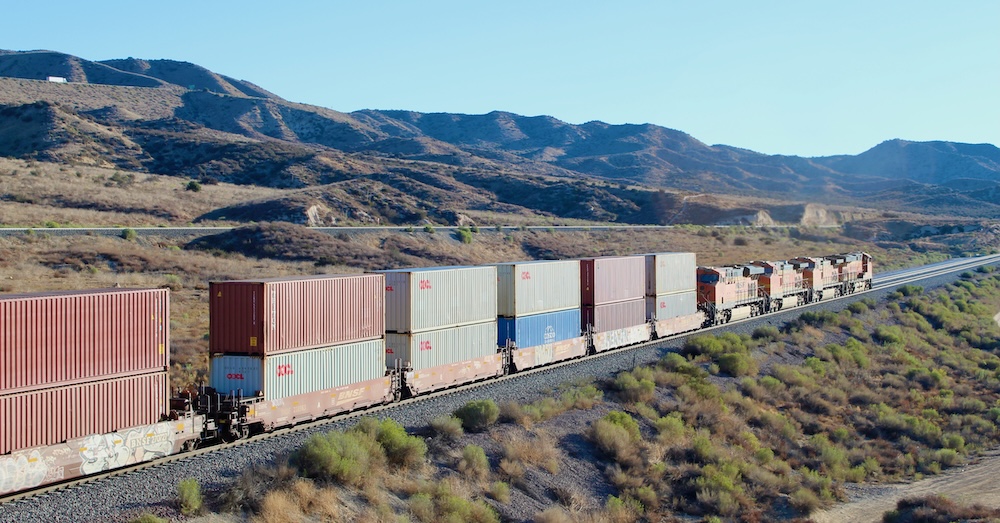
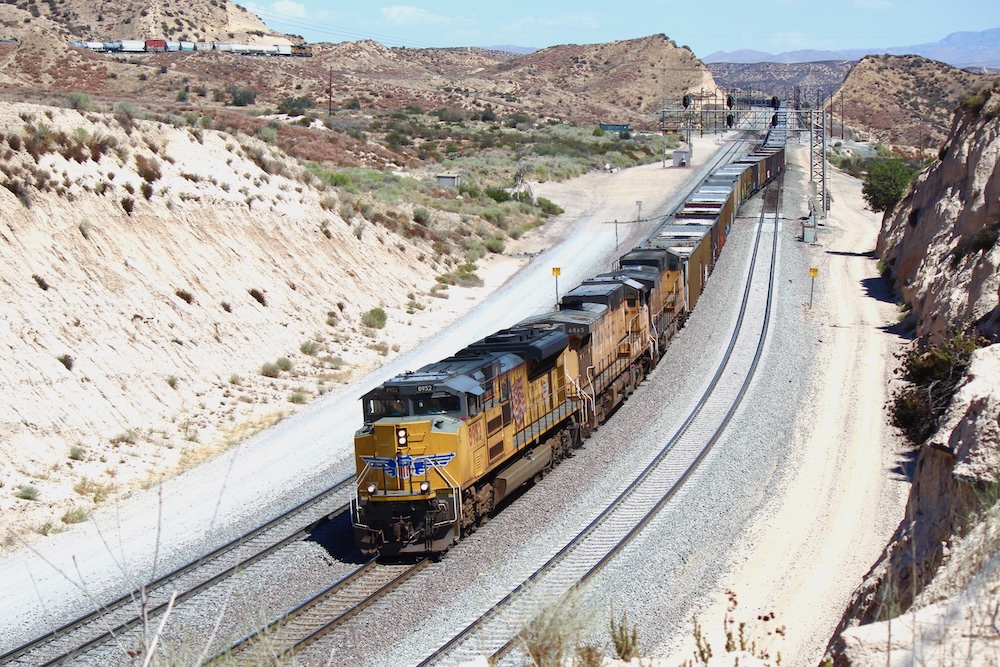
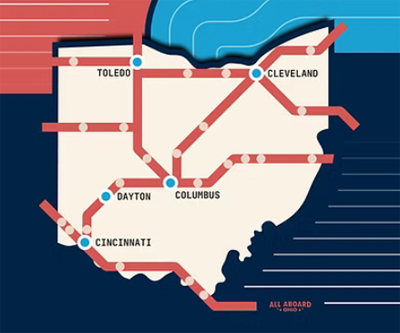
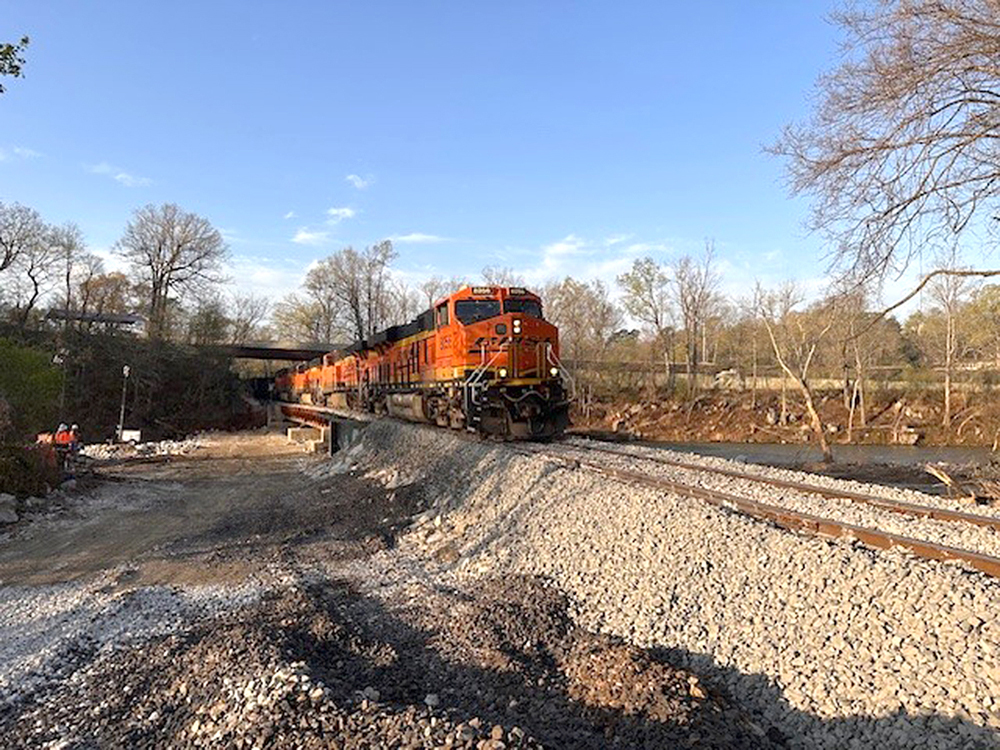




As far as I remember empty batterys of those old German ETA 515 units could easily be exenged against fresh ones. That eliminated the long wait to recharge the batterys
Can’t help but wonder about the potential maintenance issues with replacing batteries that are mounted on the roof of the cars.
If these BEMU sets could be designed for third rail operation they would appear to be great for MTA use on lines still using diesel engines.
Why not?
Dr. Güntürk Üstün
Is this a world first for the battery train? If we specify “new generation” and”in regular service”, it is certain that Stadler’s FLIRT AKKU is writing a page in the history of railroad traction, with its implementation in service in Schleswig-Holstein, the northernmost state of Germany. Because if battery trains have existed for a long time throughout the world, while there is no shortage of new generation trainset projects, in France or Germany for example, concrete achievements are to date still limited to demonstrators or prototypes, or even shuttles on some small lines in Japan or Australia, for vehicles heavier than trams.
Dr. Güntürk Üstün
The FLIRT AKKU simply continues rolling when the catenary stops.
Dr. Güntürk Üstün